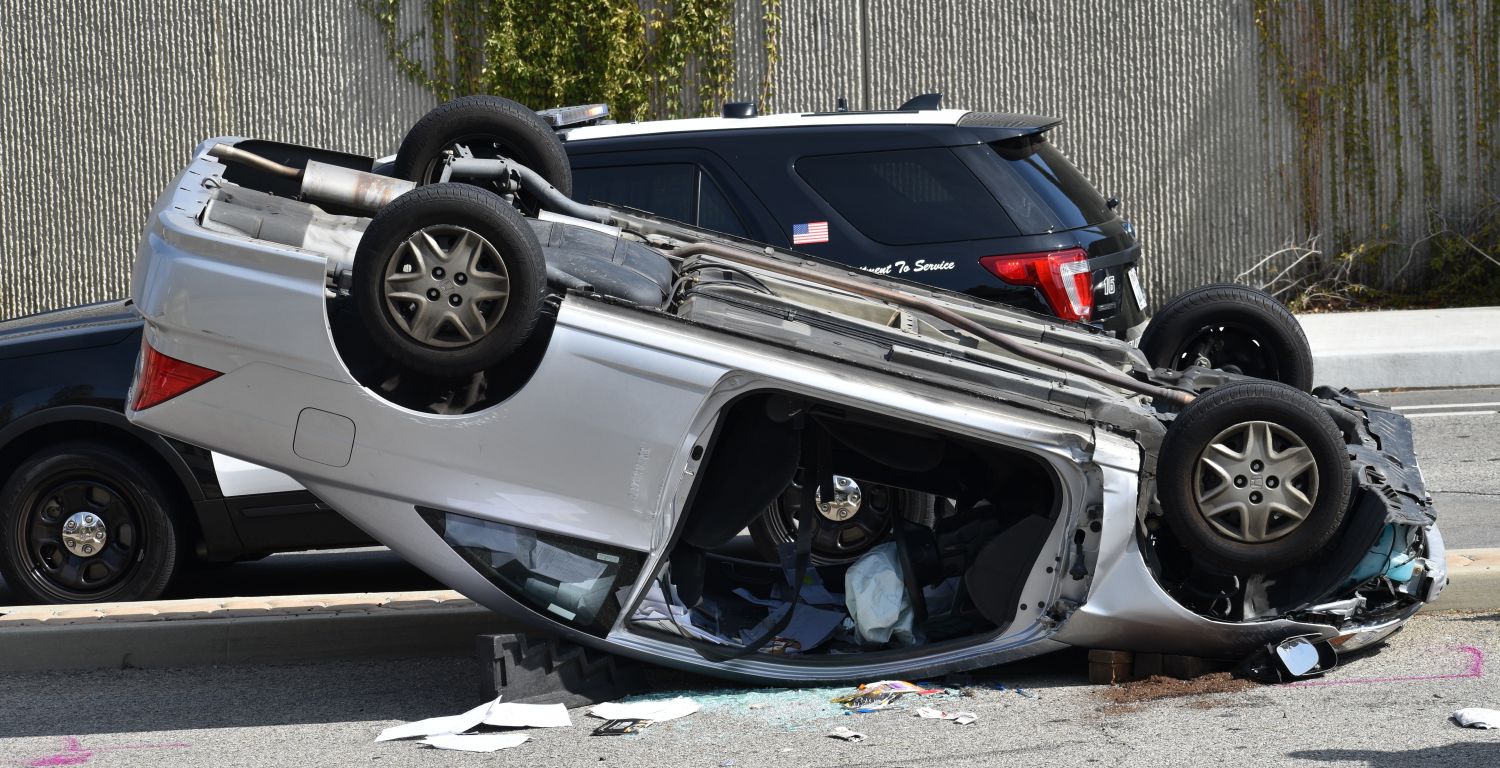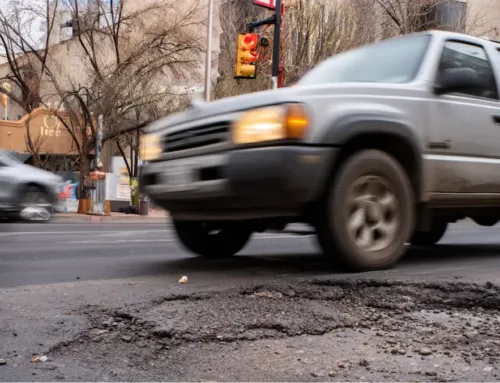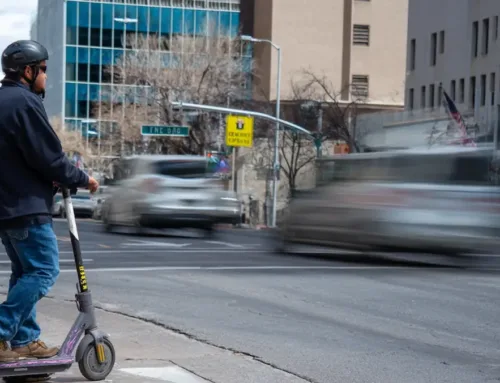You’ve just been through a car crash, and now you’re staring at pages of boxes, codes, and technical language. Your accident report might look complicated, but we’ll break it down together. At Roadrunner Law Firm, our car accident lawyers help clients decode these reports every day, and we’re sharing our expertise with you.
Your accident report serves as the official record of what happened. Insurance companies, lawyers, and courts rely on this document to make decisions about your case. Think of it as your crash’s “birth certificate” – it establishes the basic facts that everyone will reference moving forward.
The Essentials
Let’s walk through the key parts of your report that tell the story of your crash. Here’s what you’ll find:
Scene Details That Paint the Picture
Every accident has its own unique circumstances, and your report captures them all.
Time and Location: Small Details That Make Big Differences
The time stamp on your accident report isn’t just another number – it’s a window into road conditions, traffic patterns, and potential contributing factors that could strengthen your case. The exact time matters more than you might think. Was it rush hour? Late at night? These details can point to factors like traffic patterns or visibility issues. The location gets specific – right down to the intersection, mile marker, or GPS coordinates.
For instance, in the morning, sun glare becomes a major factor, especially on east-west roads. School zones activate, changing speed limits and traffic patterns. Rush hour congestion creates unique accident risks. In the evening, there’s a higher likelihood of impaired drivers on the road or reduced visibility in areas with limited street lighting.
Location details in your report paint an equally important picture. Your report includes GPS coordinates for precise accident mapping, mile markers for highway incidents, the distance from fixed points like intersections or landmarks, the direction of travel for all vehicles involved, and nearby business names as reference points. This can be important when you are trying to track down potential witnesses or traffic camera footage.
Environmental Conditions: Nature’s Impact on Your Accident Case
New Mexico’s dynamic weather patterns create unique challenges for drivers and profound implications for accident cases. Your accident report captures these environmental conditions in detail, documenting elements that might seem minor at first but often emerge as pivotal factors in establishing liability. Weather conditions tell a compelling story about visibility and road safety at the time of your crash.
Desert sunshine might sound harmless, but intense glare can temporarily blind drivers, especially during sunrise and sunset. Rain transforms our roads in minutes, creating hazardous conditions that demand careful documentation. When precipitation appears in your accident report, it opens important questions about appropriate driving speed, stopping distance, and driver responsibility. Even light rainfall can combine with road oils to create surprisingly slick conditions. High winds and dust storms present particularly challenging scenarios unique to our region. Your accident report notes wind conditions because they affect vehicle handling, especially for high-profile vehicles like trucks and SUVs. Documented dust conditions can support claims about reduced visibility and appropriate driving distances between vehicles. Time of day interacts significantly with these environmental factors. Dawn and dusk create complex lighting situations that affect depth perception and reaction time.
Vehicle Positions and Damage: The Story Your Crash Scene Tells
Your accident report captures a detailed snapshot of how the crash unfolded through vehicle positions and damage patterns.
Think of it as a story told through physical evidence. The report maps out exactly where each vehicle started its journey, marking their positions just before impact. This matters because these initial positions often reveal critical details about right-of-way and driver actions. The point of impact tells its own compelling story. These impact points, measured and documented by law enforcement, become powerful evidence in establishing fault. For instance, if the accident report shows impact at the front passenger side, it might prove the other driver had run a red light. Final resting positions of the vehicles paint the concluding chapter of the accident story. The distance and direction vehicles travel after impact can indicate speed, force, and even driver reactions.
The damage documentation goes beyond simple dents and scratches. Police officers record detailed observations about the nature and extent of vehicle damage. They note everything from crumpled front ends to deployed airbags, broken glass patterns to tire marks. This thorough documentation of damage patterns helps reconstruct how the crash occurred and supports your claim for compensation. Our car accident lawyers know how to interpret these details to build a strong case for you.
Statements and Observations: The Human Element of Your Accident Report
The statements section of your accident report captures more than just words. It preserves the raw, immediate reactions and observations from everyone involved in or witnessing your crash. In the moments after a crash, emotions run high, but memories remain fresh. Your accident report freezes these crucial moments in time, recording each person’s immediate account of events. When a driver admits to checking their phone, when a passenger describes the color of the traffic light, or when a bystander notes the speed of an approaching vehicle—these details become powerful pieces of evidence that can’t be altered or forgotten as time passes. Witness statements hold particular weight because they come from neutral third parties who have no stake in the outcome of your case.
The responding officer’s professional assessment adds another critical layer to your report. Police officers bring years of accident investigation experience to their observations. They note details others might miss—skid mark patterns, debris distribution, even subtle clues about vehicle positions that help reconstruct the sequence of events. Their trained eye can spot inconsistencies between physical evidence and verbal accounts, often uncovering important truths about how the crash occurred.
IMPORTANT: Even if the police report finds you at fault, it may not affect your case! In most jurisdictions, police are PROHIBITED from giving their opinions on who is at fault!
What makes these immediate statements particularly powerful is their timing. There are numerous cases where at-fault drivers changed their stories weeks or months after the crash. The statements in your accident report—recorded before anyone had time to reconsider or consult with insurance companies—often reveal the unvarnished truth about what happened. That’s why you should carefully analyze every word in the statements section when building your case.
Getting Help with Your Report
Reading these reports takes years of experience to master. At Roadrunner Law Firm, we review accident reports every day, and we’re ready to help you understand yours. Call us at 505-444-4321 for a free consultation. We’ll walk through your report together and explain what it means for your case.
Disclaimer: This information is for educational purposes only and does not constitute legal advice. Every case is unique and requires individual evaluation by qualified legal counsel.




